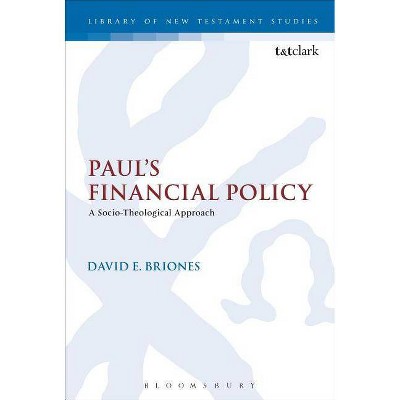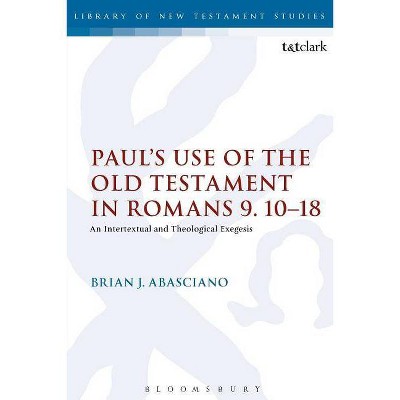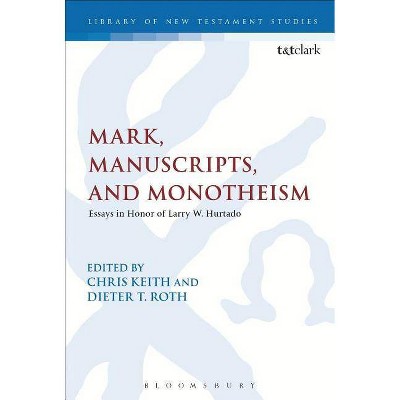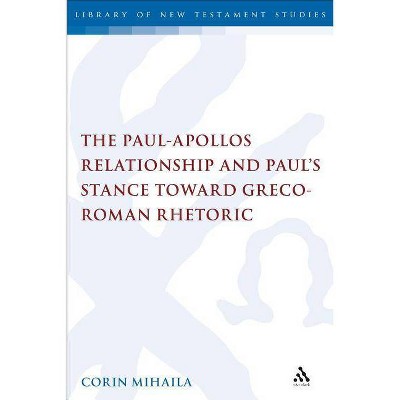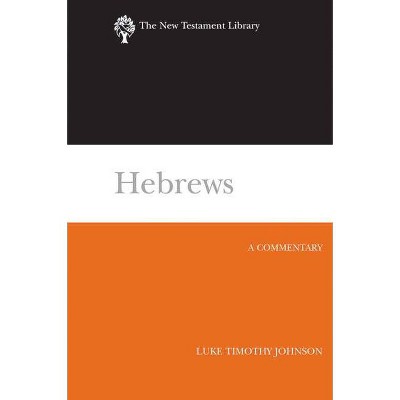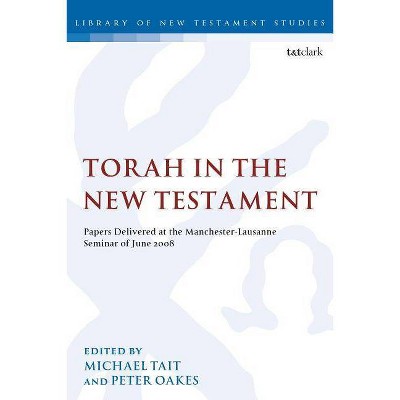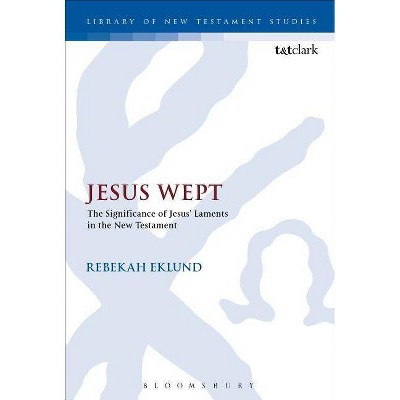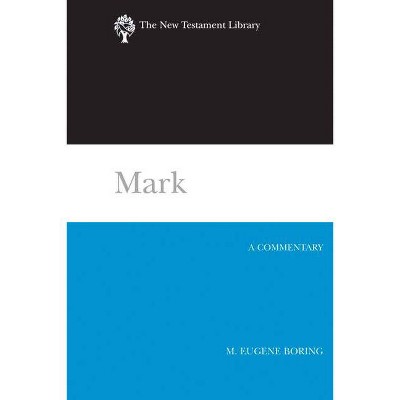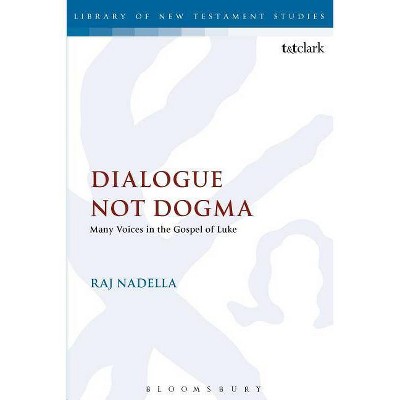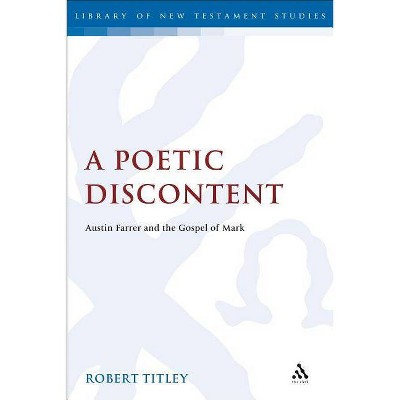Paul's Utilization of Preformed Traditions in 1 Timothy - (Library of New Testament Studies) by Mark M Yarbrough (Paperback)
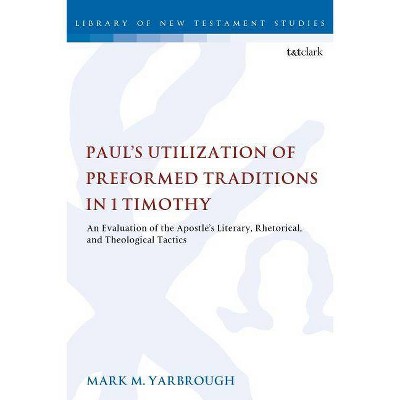
Similar Products
Products of same category from the store
AllProduct info
<p/><br></br><p><b> Book Synopsis </b></p></br></br>Mark Yarbrough assesses the question of whether traditional 'preformed' material contributes to the message and understanding of Paul's first letter to Timothy. The issue is addressed in three sections. Part one evaluates previous works interacting with 'traditional' material in the New Testament. Through a critique of historically proposed criteria, Yarbrough identifies eight criteria as the primary tools by which to discern units of preformed material. <br/><br/>In the second part of the book Yarbrough evaluates nineteen passages in 1 Timothy according to the criteria previously determined. From this base he embraces twelve of the nineteen passages as preformed material. These passages are subsequently examined in depth according to the author's distinct methodology. Part three demonstrates four functions of the preformed traditions in 1 Timothy. Firstly, that they may be seen as strengthening the literary cohesion of the letter. Secondly, that the traditional units afford the author rhetorical leverage which may be best identified as the provision of authority, the establishment of an instant rapport with the primary audience, and the assistance conferred in addressing this implied audience. Thirdly, they present theological directives that confront the character and belief of the false teachers. <br/><br/>Finally, Yarbrough asserts that the preformed traditions exist as a combatant against counter-mission doctrine. In conclusion, this study displays that the traditional material which may be discerned within the letter contributes significantly to the overall message and understanding of 1 Timothy.<br/><p/><br></br><p><b> Review Quotes </b></p></br></br><br>"Does traditional material contribute to the message and understanding of 1 Timothy, asks Yarbrough, and seeks an answer within the assumption that such material was formulated before an epistle was written, and expressed the Christian community's conviction, or tradition. He surveys criteria used to evaluate traditional material and identifies eight of them as primary. Then he applies them to 19 passages that potentially preceded Paul's use of them, and demonstrates four functions of identified preformed traditions in the epistle." -Eithne O'Leyne, BOOK NEWS, Inc.<br><br>Reviewed in the Religious Studies Review.<br/>Theological Book Review<br><br>Reviewed in Recensions Et Comptes Rendus-Vol. 63/3.<br>
Price History
Price Archive shows prices from various stores, lets you see history and find the cheapest. There is no actual sale on the website. For all support, inquiry and suggestion messagescommunication@pricearchive.us
